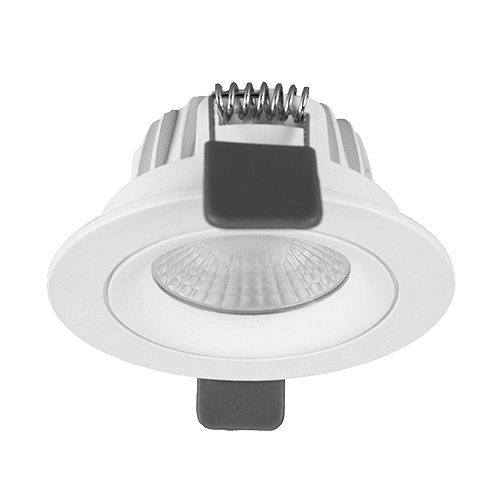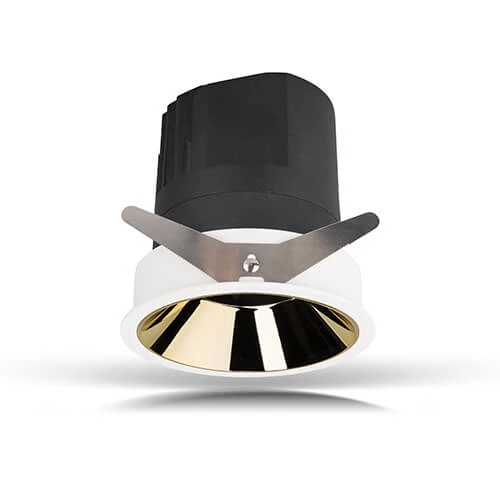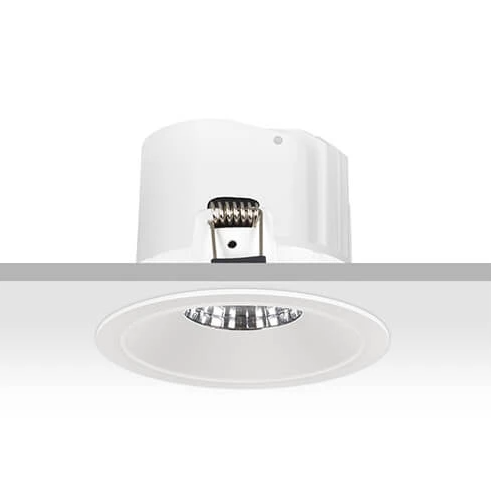Recessed downlights are commonly used for lighting homes, offices, commercial spaces and outdoor areas. These lights have a sleek, modern look and can be used for a variety of purposes including accent lighting, ambient lighting, and task lighting. When choosing the right material for recessed downlights, many factors should be considered, including durability, heat resistance, and cost-effectiveness. In this article, we'll explore some of the materials commonly used for recessed downlights and their pros and cons. One of the most popular materials used for LED recessed downlights is aluminum. Aluminum is lightweight, durable and has excellent thermal performance. It is also relatively easy to process and can be shaped and shaped to meet specific design requirements. Aluminum is also a good choice for outdoor lighting applications as it is corrosion resistant and can withstand exposure to the elements. However, aluminum can be more expensive than other materials, which may not be practical for those on a budget.
Another material commonly used for recessed downlights is plastic. Plastic is a lightweight material that is easy to process and can be molded into various shapes and sizes. It's also relatively inexpensive compared to other materials, making it a popular choice for those on a tight budget. However, plastics have poor heat dissipation properties, which can cause problems in high-temperature environments. It can also be brittle and prone to cracking or breaking over time, which may require frequent replacement.

Glass is another material commonly used in recessed downlights. Glass has a sleek, modern look and excellent light transmission properties, making it a popular choice for accent lighting and task lighting applications. It is also relatively heat resistant and can withstand high temperatures without degrading or cracking. However, glass is heavier than other materials, which makes it more difficult to process. It's also more expensive than plastic and may not be practical for those on a budget.
Ceramic is another material used for recessed downlights. Ceramic is a durable, heat-resistant material with excellent thermal conductivity. It can withstand high temperatures without cracking or degrading, making it a popular choice for industrial and outdoor lighting applications. Ceramic is also relatively inexpensive compared to other materials, making it a practical choice for those on a budget. However, ceramics are more difficult to machine than other materials and may not be suitable for all design requirements.
 HK international lighting fair(Autumn Ed
HK international lighting fair(Autumn Ed
 What Type of Downlight Is Suitable for H
What Type of Downlight Is Suitable for H
 What Makes Recessed Down Lights Ideal fo
What Makes Recessed Down Lights Ideal fo
 Enhancing Outdoor Lighting with IP65 Rec
Enhancing Outdoor Lighting with IP65 Rec